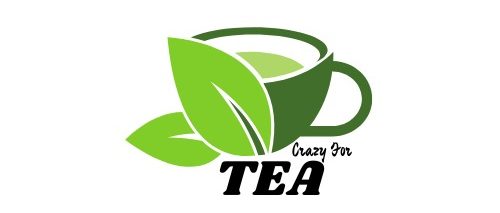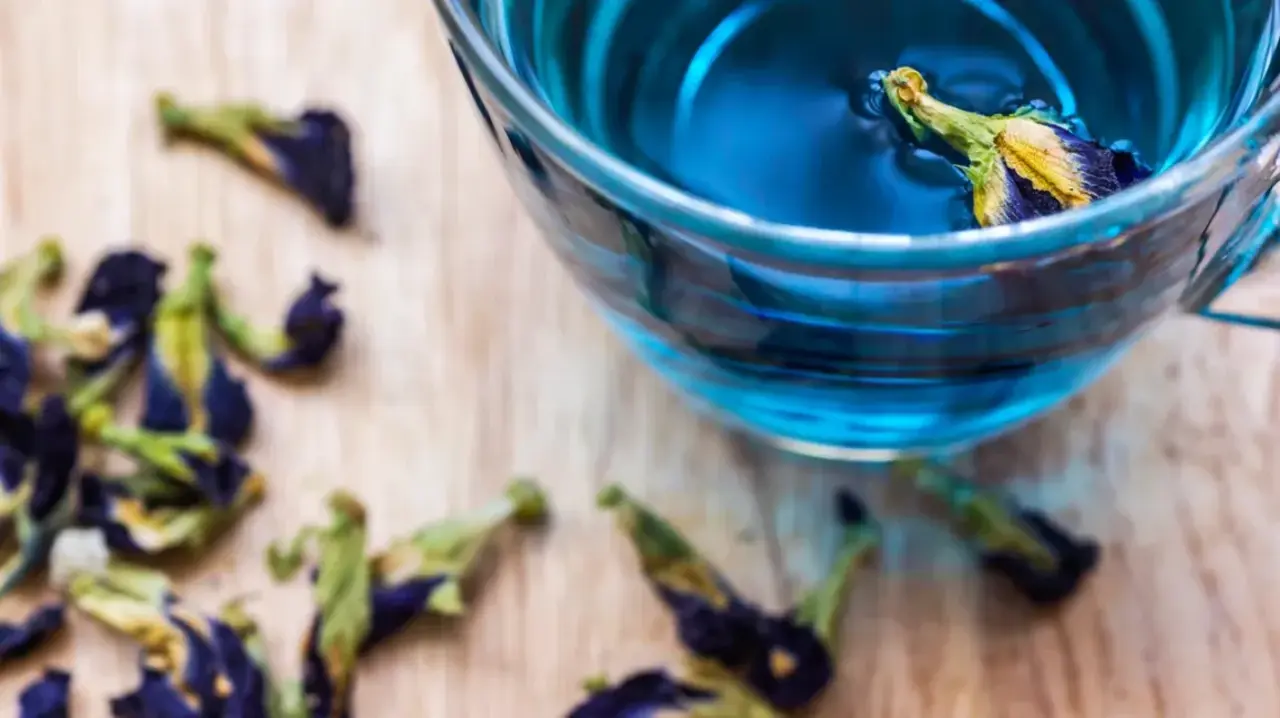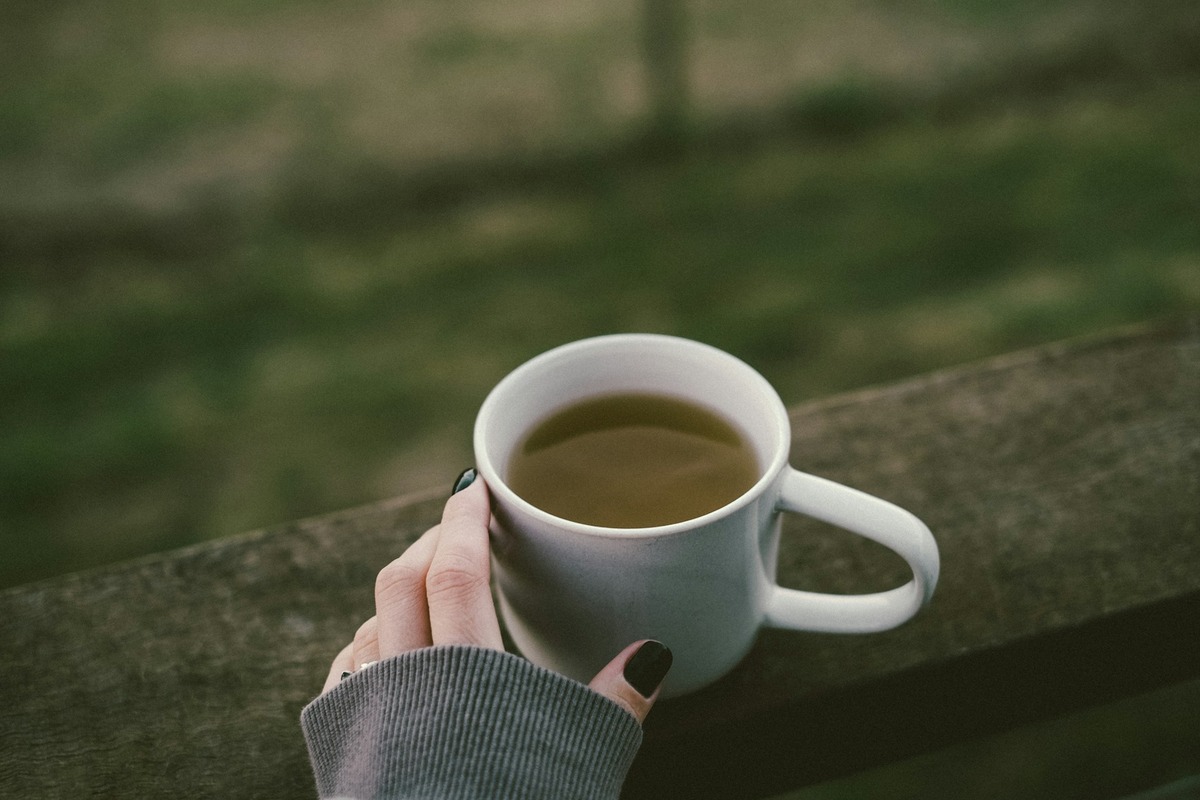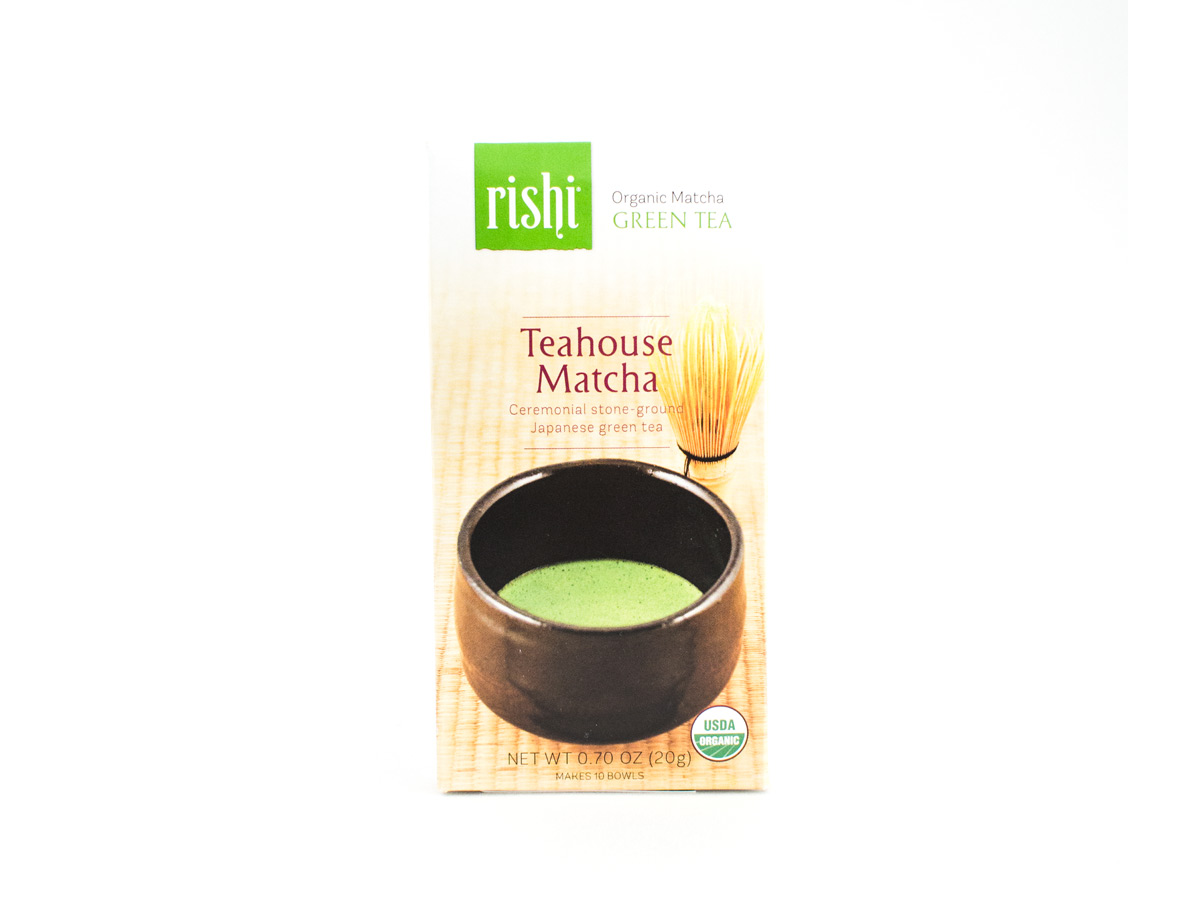The butterfly flower tea is rich in antioxidants and has been linked to several health benefits, such as weight loss, blood sugar control, and hair and skin health.
Often used in cocktails, cosmetics, and herbal tea blends, the butterfly pea is an ingredient known for its bright blue hue.
You may have heard of the butterfly flower tea in health and nutrition circles. In recent years, the plant has also been studied for its antioxidant content and health-promoting properties.
In particular, some studies suggest that the butterfly pea flower may help maintain healthy skin and hair, promote weight loss, and lower blood sugar levels.
This article will explain some of the key benefits and side effects of the butterfly pea flower in detail, along with some ideas for how to use it.
What is a butterfly flower tea?
The butterfly flower tea, also known by its scientific name Clitoria ternatea, is a plant native to Asia. You can recognize it by its striking, bright blue flowers (1).
It is also rich in anthocyanins, the antioxidant compounds responsible for its unique color (1).
Because of this, manufacturers may use the butterfly pea flowers in cosmetics or as a natural colorant for foods, beverages, and textiles.
The flowers are also often made into infusions, often along with ingredients like lemongrass, honey, and lemon.
As the acidity of the pea flower tea changes, the color changes as well. This property makes butterfly pea flowers a popular ingredient among mixologists for specialty cocktails (1).
Additionally, it is known for its medicinal properties and is associated with a variety of potential health benefits.
Summary
The butterfly pea is a plant native to Asia known for its bright blue flowers. It is rich in antioxidants and is often used as an herbal tea and natural dye.
Butterfly flower tea nutrients
butterfly flower tea are rich in anthocyanin compounds called ternatins, which give the plant its vibrant hue (1).
Test-tube studies suggest that ternatins may reduce inflammation and prevent the growth of cancer cells (2, 3).
In addition, the plant contains several other antioxidants, including (4):
Kaemphferol. This compound has been extensively studied for its cancer-fighting properties. Test-tube studies suggest that it may kill cancer cells (5).
p-coumaric acid. Some research suggests that p-coumaric acid may have anti-inflammatory, antimicrobial and antiviral effects that may help protect against disease (6).
Delphinidin-3,5-glucoside. According to one study, this antioxidant may help boost immune function and cause cell death in colon cancer cells (7).
Summary
Butterfly pea flowers are rich in several antioxidants, including ternatin, kaemphferol, p-coumaric acid, and delphinidin-3,5-glucoside.
Potential Health Benefits of Butterfly flower tea
Butterfly flower tea may be linked to several health benefits.
Promotes Healthy Skin and Hair
Cosmetic manufacturers boast of the effectiveness of butterfly pea flowers in everything from skin care serums to hair sprays and shampoos.
According to a 2021 study, butterfly pea extract can increase skin hydration by 70% one hour after topical application (8).
A 2012 animal study found that butterfly pea extract may be more effective at promoting hair growth than minoxidil, a common product used to treat hair loss (9).
Butterfly pea flowers contain a rich variety of antioxidants that may also have positive effects on hair and skin health (10, 11, 12).
Still, more research is needed to fully understand how butterfly pea flower may affect hair and skin.
May Promote Weight Loss
Some studies even suggest that butterfly pea flower may help you lose weight.
One test-tube study suggests that butterfly pea flower extract may slow the formation of fat cells by regulating certain pathways involved in cell progression (13).
Some older test-tube and animal studies have found that ternatins found in butterfly pea flower may also block the synthesis of fat cells in the body (14, 15, 16).
More research is needed to assess how butterfly pea flower may affect your weight, especially when included in your diet.
Stabilizes blood sugar levels
Studies suggest that butterfly pea flower may reduce the risk of diabetes and related symptoms.
For example, a study of 15 men showed that drinking a beverage containing butterfly pea flower extract increased antioxidant levels and lowered blood sugar and insulin levels, despite the sugar content in the drink (17 Source Reliable).
Additionally, an animal study found that giving butterfly pea flower extract to rats with diabetes significantly reduced their blood sugar levels compared to a control group (18).
One study even reported that the antioxidant properties of butterfly pea flower may protect against cell damage and diabetes-related complications (4).
However, more studies are needed to determine how butterfly pea flower may affect long-term blood sugar control.
Summary
Some research suggests that butterfly pea flower and the compounds it contains may help maintain healthy skin and hair, boost weight loss and stabilize blood sugar levels.
Does butterfly flower tea have side effects?
Butterfly pea flowers are generally considered safe by nutritionists when consumed in moderation.
There are some anecdotal reports of side effects such as nausea, stomach pain and diarrhea after consuming butterfly pea flowers, but there is no research to support these effects.
However, if you have any health problems or are taking medications, you should talk to your doctor before using butterfly pea flowers or any other herbal products.
Summary
Butterfly pea flowers are generally considered safe when consumed in moderation. Although there is no research on the side effects, some people have reported problems such as nausea, stomach pain and diarrhea.
How to Use Butterfly flower tea
Butterfly pea flowers are found in many cosmetic products, including hair sprays, toners, shampoos and face masks.
You can also use the plant to make an herbal tea known for its earthy flavor and bright blue color.
To make tea from butterfly pea flowers, also called “blue tea,” simply add 1 teaspoon (4 grams) of dried flowers to 1 cup (240 ml) of hot water.
Let the tea steep for 10 to 15 minutes before straining the dried flowers. Enjoy it hot or with ice.
To intensify the flavor, you can also add a little lemon juice, lime juice or honey. The acidity of citrus fruits can also give the drink a dark purple hue, thanks to the ternatin naturally found in the plant.
Summary
The butterfly pea flower is included in many cosmetic products and is often used to make herbal tea.
In Bottom Line
Butterfly flower tea are a common ingredient in many herbal teas, mixed drinks, and cosmetic products.
It is rich in antioxidants and may be linked to several health benefits, such as increased weight loss, better blood sugar control, and improved hair and skin health.
Additionally, it is versatile and associated with very few side effects, making it a great potential addition to your diet.











